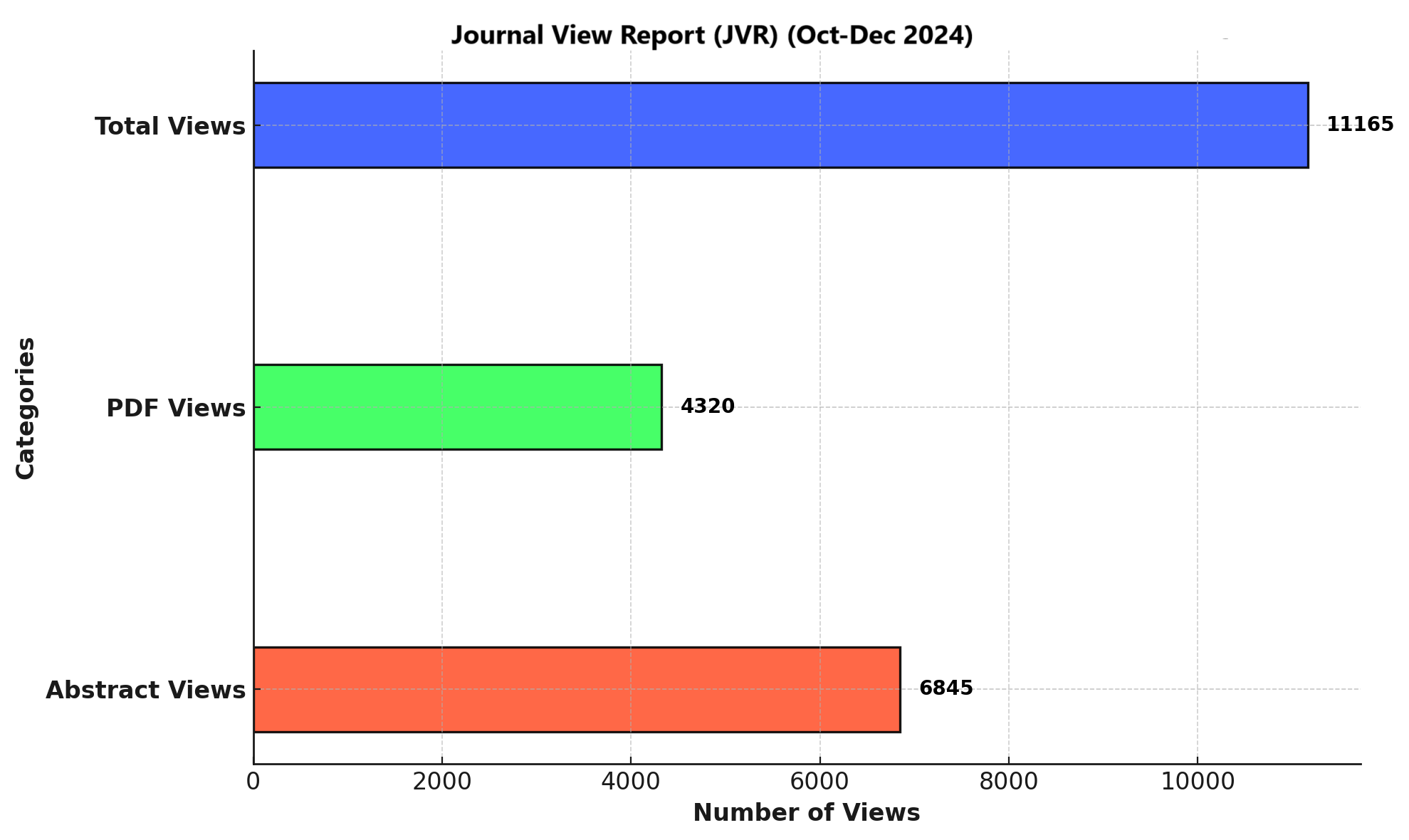THE THERAPEUTIC EFFECT OF ANTHROSPIRA PLATENSIS (SPIRULINA) BASED COOKIES ON HYPERLIPIDEMIA
DOI:
https://doi.org/10.71000/850mnz42Keywords:
ANTHROSPIRA PLATENSISAbstract
Background: Hyperlipidemia detection is a viable technique for improving human health. Anthro Spira platensis (Spirulina) has piqued the interest of scientists because to its various biological effects and historic usage. Hyperlipidemia is increasing because of increased fat consumption and BMI. Herbal formulations can be used to explain the scientific underpinning and build a more tailored therapeutic practice. The current study is to determine the effect of Anthro Spira platensis (Spirulina) cookies on hyperlipidemia
Objectives: To develop spirulina-based cookies and perform sensory evaluation.
To evaluate the effect of spirulina-based cookies in hyperlipidemic patients.
Method: This study comprised 60 patients (males and females) ranging in age from 35 to 65 years. Cookies based on modified Anthro Spira platensis (Spirulina) are created and given to patients, and blood is drawn on the zero, thirty and sixty days of everyone to monitor the level of lipid profile.
Results: The findings of Anthro Spira platensis (Spirulina) based cookies indicated that it could manage patients' hyperlipidemia. The difference in HDL, LDL, Triglycerides, and cholesterol levels between the control group and the patients who were given cookies are statistically significant results. P-value of total cholesterol T0, T1 and T2 were 0.057, 0.041 and 0.031. P-value of triglycerides T0, T1 and T2 were 0.214, 0.04 and 0.01. P-value of total LDL T0, T1 and T2 were 0.0763, 0.021 and 0.011. P-value of HDL T0, T1 and T2 were 0.055, 0.042 and 0.032. The p-value is less than 0.05, indicating that the difference is statistically significant.
Downloads
Published
Issue
Section
License
Copyright (c) 2025 Zartasha Gull, Kanwal Fatima, Ahmad Ibn e Yousaf, Azzah Khadim Hussain, Qaswara Affaf, Anza Ahmad, Faziyya Latif , SAIF ULLAH KHAN (Author)

This work is licensed under a Creative Commons Attribution-NonCommercial-NoDerivatives 4.0 International License.







